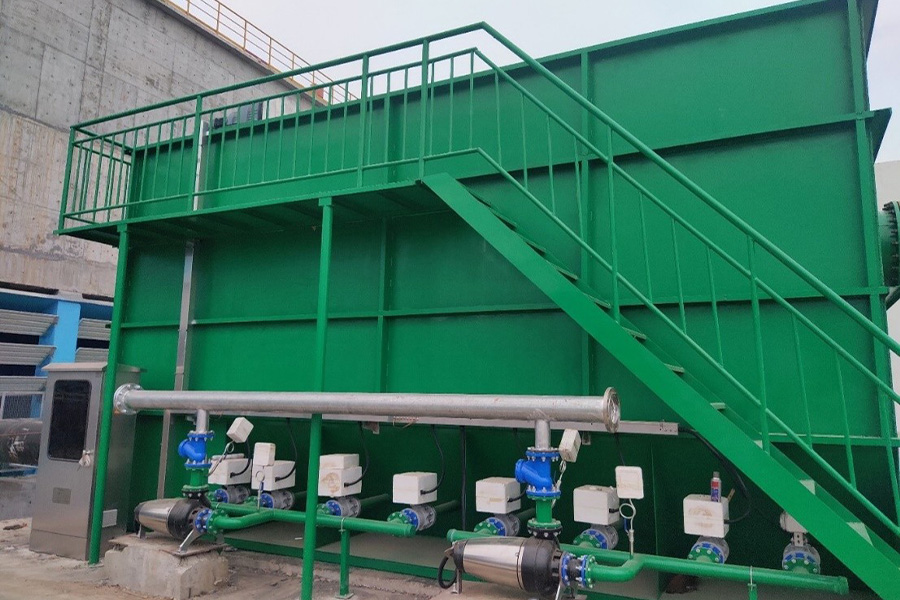In today's digital age, printers have become an essential tool for both personal and professional use. However, concerns about privacy and data security have raised questions about whether printers record and store the information they print. In this article, we will delve into the topic and explore the truth behind whether printers secretly record what you print.
- Understanding Printer Memory:
Printers, especially modern ones, often come equipped with internal memory. This memory is primarily used to store print jobs temporarily, allowing for faster printing and the ability to reprint without re-sending the document. However, it is important to note that this memory is volatile, meaning it is cleared once the printer is turned off or reset. - Print Spooling:
When you send a document to print, it goes through a process called print spooling. During this process, the document is temporarily stored in the printer's memory before being printed. However, once the document is printed, it is typically removed from the memory, leaving no trace of the printed content. - Network Printers and Data Security:
Network printers, commonly found in office environments, are connected to a network and can be accessed by multiple users. While these printers may have more advanced memory capabilities, they are designed with data security in mind. Printers often employ encryption protocols to protect sensitive information during transmission, ensuring that the data cannot be intercepted or accessed by unauthorized individuals. - Printer Logs and Audit Trails:
Some printers may keep logs or audit trails for administrative purposes, such as tracking usage, monitoring supplies, or troubleshooting. These logs typically record information such as the date, time, and number of pages printed. However, they do not store the actual content of the printed documents. - Data Privacy and Legal Considerations:
Printers, like any other device, must comply with data privacy laws and regulations. Manufacturers are aware of the importance of protecting user data and have implemented measures to ensure compliance. It is crucial to review the privacy policy of your printer manufacturer to understand how they handle and protect your data.
Conclusion:
In conclusion, while printers do have memory capabilities, they do not secretly record or store the content of what you print. The temporary storage in printer memory is primarily used for print spooling and is cleared once the document is printed. Network printers also employ encryption protocols to ensure data security during transmission. However, it is always advisable to review the privacy policy of your printer manufacturer to ensure your data is protected. So, the next time you hit that print button, rest assured that your printed documents remain confidential.









+ There are no comments
Add yours